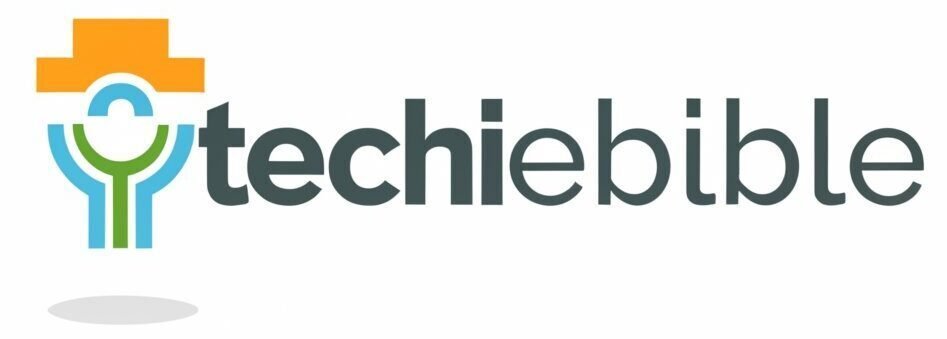Welcome to our latest blog post, where we will discuss the crucial topic of effectively controlling IoT devices. With the exponential growth of IoT technology, it is more important than ever to ensure that your devices are secure and under your control. You may be wondering, “How can I effectively manage and control all of my IoT devices?” Well, we’re here to provide you with some essential tips and strategies to help you maintain control and security over your interconnected devices. So, let’s dive in and explore the best practices for managing and securing your IoT devices.
IoT Security Challenges
The proliferation of IoT devices has led to various security challenges that need to be addressed to effectively control these connected devices. As more and more devices become interconnected, the potential security vulnerabilities also increase. It is important to understand and mitigate these challenges to ensure the security and privacy of your IoT devices.
Vulnerability to Attacks
One of the major challenges posed by IoT devices is their vulnerability to cyber-attacks. As these devices are often designed with limited processing power and storage, they may lack the robust security measures required to fend off attacks. This can make them an easy target for hackers looking to gain unauthorized access to your network or data. Additionally, IoT devices are often left unpatched, making them susceptible to known security vulnerabilities. As a result, your network and personal information may be at risk of compromise if proper security measures are not in place.
Data Privacy Concerns
Another significant challenge in controlling IoT devices is the concern over data privacy. IoT devices collect and transmit a wealth of personal data, including your daily routines, habits, and even sensitive information such as health data. If this data falls into the wrong hands, it can be exploited for malicious purposes. Furthermore, there is a lack of transparency in how IoT companies handle and protect the data collected by their devices. This poses a significant risk to your privacy and highlights the need for stricter regulations and standards to safeguard your personal information.
Methods for Controlling IoT Devices
Obviously, with the increasing number of IoT devices in our homes and workplaces, it is becoming more important than ever to have effective methods for controlling these devices. In this chapter, we will explore some of the most important methods you can use to ensure the security and proper functioning of your IoT devices.
Authentication and Access Control
When it comes to controlling IoT devices, one of the most crucial methods is implementing strong authentication and access control measures. This involves ensuring that only authorized users and devices are able to access and interact with your IoT devices. By implementing strong password policies, multi-factor authentication, and regularly updating access credentials, you can significantly reduce the risk of unauthorized access to your IoT devices. Additionally, utilizing access control lists and role-based access control can help you manage and monitor who has access to what devices and data within your IoT network.
Device and Network Protocols
Another important method for effectively controlling IoT devices is to carefully manage the device and network protocols used within your IoT ecosystem. By ensuring that your devices communicate using secure protocols such as HTTPS, MQTT, or CoAP, you can help prevent unauthorized access and data breaches. Additionally, regularly updating your device firmware and software, as well as keeping your network infrastructure secure through firewalls and intrusion detection systems, can help you maintain control and security over your IoT devices and data.
Best Practices in IoT Device Management
For effective IoT device management, it’s important to implement best practices that can help you maintain control and security over your devices. Here are some key best practices to consider:
Regular Software Updates and Patches
Keeping your IoT devices updated with the latest software patches and updates is crucial for maintaining their security and functionality. Just like your computer or smartphone, IoT devices are also susceptible to software vulnerabilities that can be exploited by hackers. By regularly updating and patching your devices, you can minimize the risk of security breaches and ensure that your devices are operating at their best.
Integration with Centralized Management Platforms
Integrating your IoT devices with centralized management platforms can greatly simplify the task of managing and monitoring them. These platforms provide a single, unified interface for overseeing all your devices, making it easier to implement firmware updates, configure settings, and monitor device performance. Centralized management platforms also provide better visibility into the status of your devices, enabling you to quickly identify and address any issues that may arise.

Future of IoT Device Control
Now, let’s take a look at the future of IoT device control. As technology continues to advance, the way we control IoT devices is likely to evolve. Here are two potential directions for the future of IoT device control.
Predictive Analytics and Machine Learning
With the increasing amount of data generated by IoT devices, predictive analytics and machine learning are expected to play a significant role in controlling these devices. By analyzing historical data, these technologies can anticipate potential issues or behavior patterns of IoT devices, allowing for proactive control and maintenance. For example, predictive analytics can help you identify when a device is likely to fail, allowing you to take preemptive action to prevent downtime or disruptions in service. Machine learning algorithms can also adapt and improve over time, optimizing IoT device control based on real-time data and feedback.
Government Regulations and Industry Standards
In the future, government regulations and industry standards are likely to have a greater impact on the control of IoT devices. With the growing concern over data privacy and security, regulatory bodies are expected to introduce stricter guidelines for the control and management of IoT devices. As a result, you may need to ensure that your IoT devices comply with these regulations and standards. This could involve implementing additional security measures, providing transparency in data collection and usage, and adhering to specific operational requirements to ensure the safe and responsible control of IoT devices.
How Can We Effectively Control IoT Devices?
Taking this into account, it is crucial to implement strong security measures to effectively control IoT devices. This includes regularly updating firmware and software, using strong and unique passwords, and enabling two-factor authentication where possible. You should also consider isolating IoT devices on separate networks to minimize the impact of potential security breaches. Additionally, regularly monitoring your network for any suspicious activity and promptly addressing any vulnerabilities that may arise is essential in maintaining control and security over your IoT devices. By being proactive and vigilant in your approach to securing and controlling IoT devices, you can better protect your personal and sensitive information from potential cyber threats.
